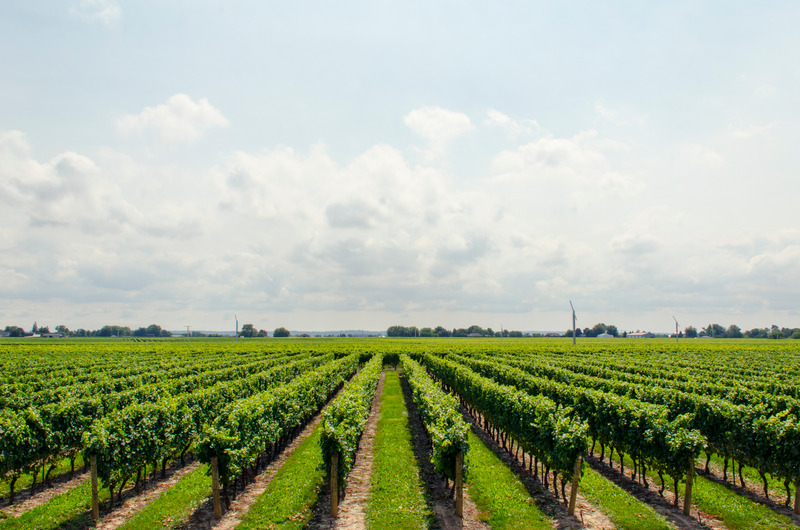Bolgheri: the Italian answer to Bordeaux
Bolgheri is the inland area of the Tuscan coast in Livorno district, more precisely it is in the
commune called Castagneto Carducci.
Viticulture in Bolgheri has a very long history and the first evidence dates back to Etruscans
and Romans age. At the beginning of the XIX century tuscan producers started to develop
better techniques but is on the XX century that everything changed.
In 1944, the Marchis, Mario Incisa Della Rocchetta, after noted a similarity between the terroir of Bolgheri and the Bordeaux one, decided to plant Cabernet Sauvignon for the first time in Tuscany. It is interesting to underline how the name Sassicaia, assigned to the wine, reminds of “stones” in Italian ,just like Graves in Bordeaux, relating to the kind of soil.
In 1968 the first bottle of Sassicaia was released and in 1978 the prestigious magazine
Decanter published a tasting of Cabernet Sauvignon from all over the world where the Italian
outsider took the first place. The quality of Sassicaia was definitely recognized when the
great vintage 1985, competing with Bordeaux Grand Crus, won the Grand the Jury Europeen
challenge. Since then the Sassicaia fame grew so much to become an Italian flagship and an
example for other Tuscan producers that got inspired by this amazing success.
The following spread of new vineyards in Bolgheri required the need to regulate the growing
area with some rules. In fact, in 1994 was established the appellation Bolgheri DOC.
To label the wine as Bolgheri DOC is allowed to include Cabernet Sauvignon, Merlot and
Cabernet Franc (from 0 to 100%), Syrah and Sangiovese (from 0 to 50%) and Petit Verdot or
other French varieties ( from 0 to 30%). The wine can be released 1 year after the harvest or
can be aged 2 years ( one of the two years must be in oak) to get classified as Bolgheri
DOC Superiore.
Sassicaia got its appellation Bolgheri DOC Sassicaia which implies a minimum of
80% Cabernet Sauvignon and that the wine has to be aged at least 2 years, including 18
months in small french barriques.

The French varieties in Bolgheri thrive very well due to the soil of stones and clay
which is the same as in their birthplace, Bordeaux. The same grape and soil could mislead to
believe Bolgheri DOC as an identic expression of Bordeaux but the Tuscan terroir
really makes the difference. Firstly, the climate in Bolgheri is obviously Mediterranean with
warm summers and mild winters. The extra warmth and sunlight, compared with a maritime
climate, leads to wine that are fuller bodied, with riper tannins and higher alcohol. On the
other hand, a warm climate could result in a lack of acidity in wine but this is not the case of
Bolgheri which benefits of a special terroir.
The typical scenario of Bolgheri is surrounded by a chain of hills from 200 to 400 meters
above the sea level that protects the vineyards from cold winds in the winter and favours a
cooling effect in the summer. The best vineyards are placed at the foothills where can take
advantage of refreshing breezes from the Mediterranean sea and enjoy the relevant
temperature range (between day and night) that helps to slow the ripening and retain the
acidity. Those characteristics, along with a moderate rainfall well spread through the year,
give perfect conditions for growing vines.
Bolgheri has developed a significant growth in the last 20 years with an increase in vineyards
from 250 hectares to the current 1400. Despite the relatively young vines which can’t
perform at their best yet, Bolgheri DOC , nowadays, is one of the best wines in the world.
The full and smooth mouth feeling typical of the Bordeaux blend is boosted up by the balsamic note
of the Mediterranean scrub that, along with a touch of Sangiovese, makes Bolgheri DOC
an outstanding Italian expression of its unique terroir.
Author: Riccardo Pepi
